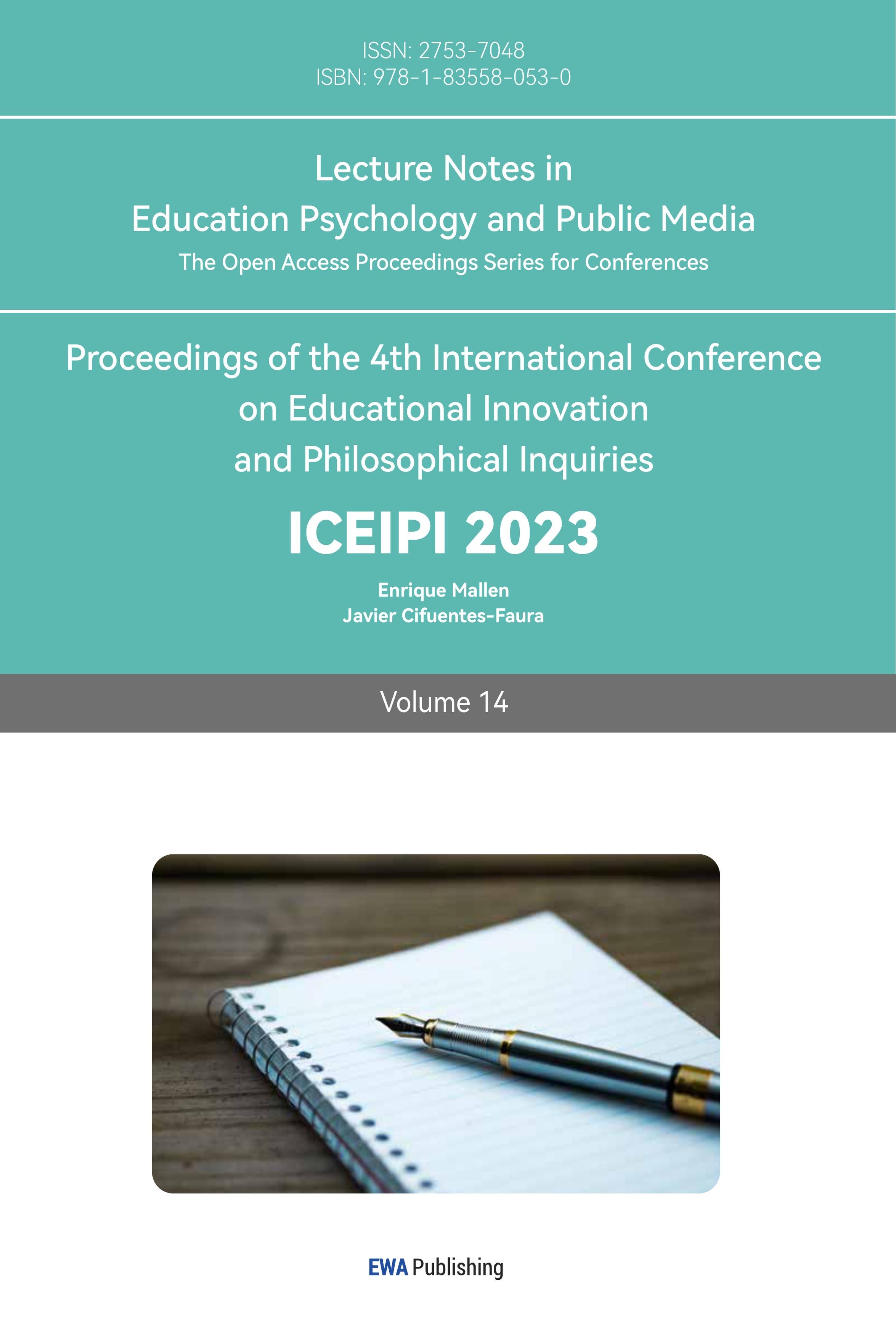References
[1]. Berlo, D. K., Lemert, J. B., & Mertz, R. J. (1969). Dimensions for evaluating the acceptability of message sources. Public Opinion Quarterly, 33(4), 563.
[2]. Gaziano, C., & McGrath, K. (1986). Measuring the concept of credibility. Journalism Quarterly, 63(3), 451–462.
[3]. McCroskey, J. C., & Teven, J. J. (1999). Goodwill: A reexamination of the construct and its measurement. Communication Monographs, 66(1), 90–103.
[4]. Kaye, B. K., & Johnson, T. J. (2004). A web for all reasons: Uses and gratifications of internet components for political information. Telematics and Informatics, 21(3), 197–223.
[5]. Freeman, K. S., & Spyridakis, J. H. (2009). Effect of contact information on the credibility of online health information. IEEE Transactions on Professional Communication, 52(2), 152–166.
[6]. Petty, R. E., & Cacioppo, J. T. (1986). Communication and persuasion: Central and peripheral routes to Attitude Change. Springer.
[7]. Kaye, B. K., & Johnson, T. J. (2016). Strengthening the core. Electronic News, 11(3), 145–165.
[8]. Wathen, C. N., & Burkell, J. (2002). Believe it or not: Factors influencing credibility on the web. Journal of the American Society for Information Science and Technology, 53(2), 134– 144.
[9]. Aladhadh, S., Zhang, X., & Sanderson, M. (2014). Tweet author location impacts on tweet credibility. Proceedings of the 2014 Australasian Document Computing Symposium on–- ADCS’’14.
[10]. Johnson, T. J., & Kaye, B. K. (2014). Credibility of social network sites for political information among politically interested internet users. Journal of Computer-Mediated Communication, 19(4), 957–974.
Cite this article
Tong,W. (2023). Credibility, Privacy Concerns, Self-exposure, Engagement & Social Media: Discussion on I.P. Address Disclosure. Lecture Notes in Education Psychology and Public Media,14,14-20.
Data availability
The datasets used and/or analyzed during the current study will be available from the authors upon reasonable request.
Disclaimer/Publisher's Note
The statements, opinions and data contained in all publications are solely those of the individual author(s) and contributor(s) and not of EWA Publishing and/or the editor(s). EWA Publishing and/or the editor(s) disclaim responsibility for any injury to people or property resulting from any ideas, methods, instructions or products referred to in the content.
About volume
Volume title: Proceedings of the 4th International Conference on Educational Innovation and Philosophical Inquiries
© 2024 by the author(s). Licensee EWA Publishing, Oxford, UK. This article is an open access article distributed under the terms and
conditions of the Creative Commons Attribution (CC BY) license. Authors who
publish this series agree to the following terms:
1. Authors retain copyright and grant the series right of first publication with the work simultaneously licensed under a Creative Commons
Attribution License that allows others to share the work with an acknowledgment of the work's authorship and initial publication in this
series.
2. Authors are able to enter into separate, additional contractual arrangements for the non-exclusive distribution of the series's published
version of the work (e.g., post it to an institutional repository or publish it in a book), with an acknowledgment of its initial
publication in this series.
3. Authors are permitted and encouraged to post their work online (e.g., in institutional repositories or on their website) prior to and
during the submission process, as it can lead to productive exchanges, as well as earlier and greater citation of published work (See
Open access policy for details).
References
[1]. Berlo, D. K., Lemert, J. B., & Mertz, R. J. (1969). Dimensions for evaluating the acceptability of message sources. Public Opinion Quarterly, 33(4), 563.
[2]. Gaziano, C., & McGrath, K. (1986). Measuring the concept of credibility. Journalism Quarterly, 63(3), 451–462.
[3]. McCroskey, J. C., & Teven, J. J. (1999). Goodwill: A reexamination of the construct and its measurement. Communication Monographs, 66(1), 90–103.
[4]. Kaye, B. K., & Johnson, T. J. (2004). A web for all reasons: Uses and gratifications of internet components for political information. Telematics and Informatics, 21(3), 197–223.
[5]. Freeman, K. S., & Spyridakis, J. H. (2009). Effect of contact information on the credibility of online health information. IEEE Transactions on Professional Communication, 52(2), 152–166.
[6]. Petty, R. E., & Cacioppo, J. T. (1986). Communication and persuasion: Central and peripheral routes to Attitude Change. Springer.
[7]. Kaye, B. K., & Johnson, T. J. (2016). Strengthening the core. Electronic News, 11(3), 145–165.
[8]. Wathen, C. N., & Burkell, J. (2002). Believe it or not: Factors influencing credibility on the web. Journal of the American Society for Information Science and Technology, 53(2), 134– 144.
[9]. Aladhadh, S., Zhang, X., & Sanderson, M. (2014). Tweet author location impacts on tweet credibility. Proceedings of the 2014 Australasian Document Computing Symposium on–- ADCS’’14.
[10]. Johnson, T. J., & Kaye, B. K. (2014). Credibility of social network sites for political information among politically interested internet users. Journal of Computer-Mediated Communication, 19(4), 957–974.









